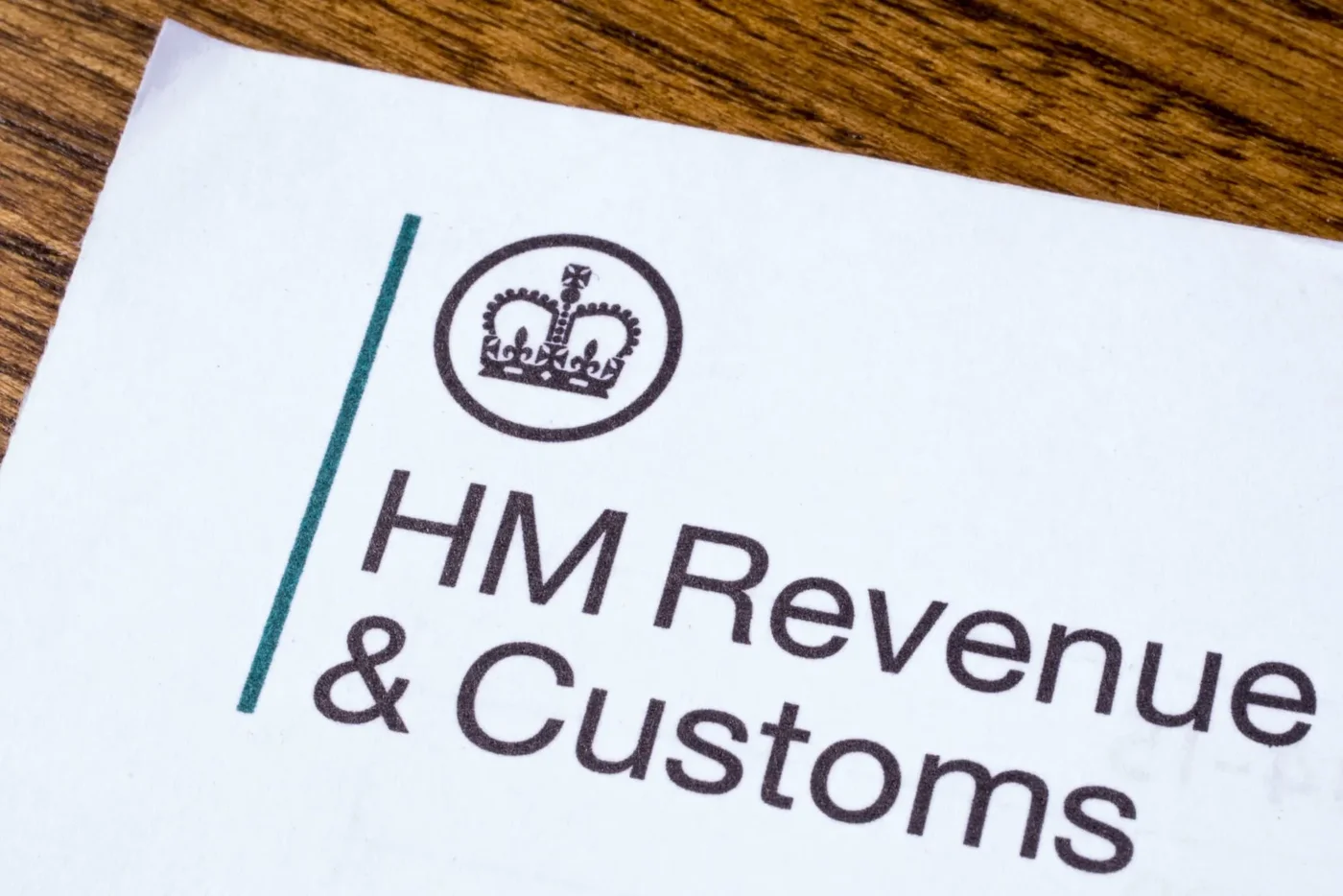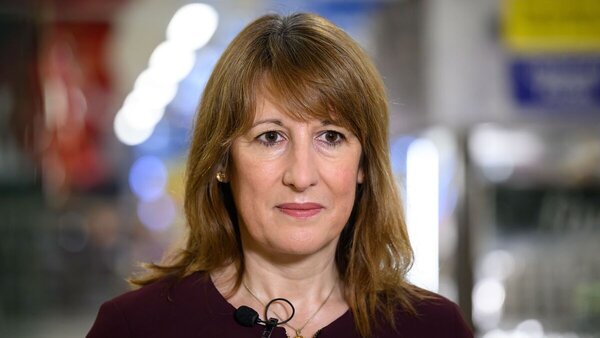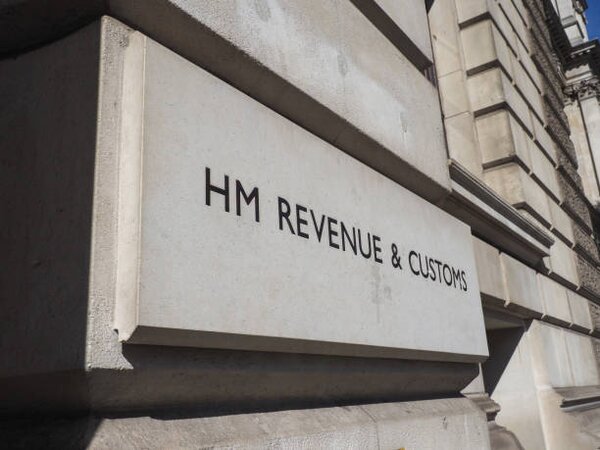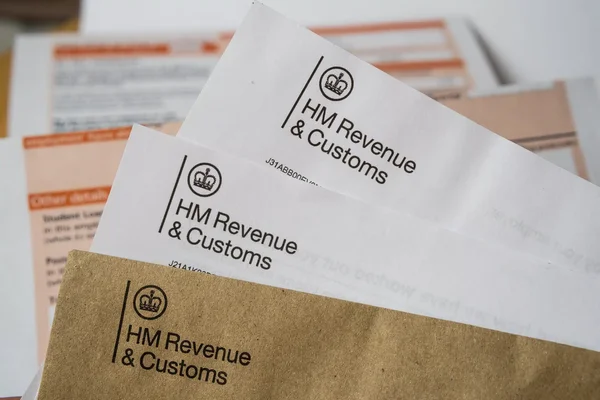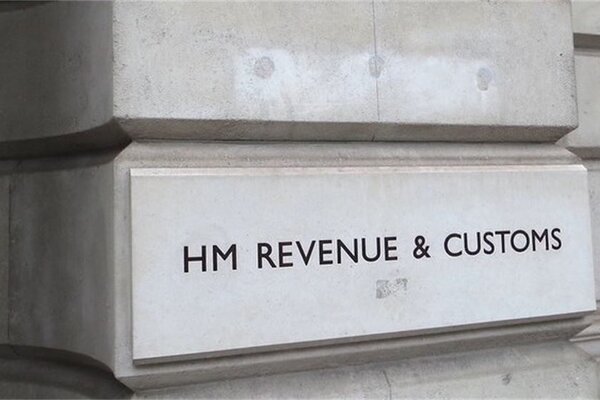HMRC clarifies £10,000 savings Self Assessment rule
HMRC has reminded savers that those with income from savings and investments above £10,000 must register for Self Assessment. The £10,000 threshold is a firm requirement in tax law, and applies regardless of whether the income is from bank interest, dividends, or other investment returns
Earnings below this figure do not normally require a tax return if they can be collected through PAYE, but individuals may still need to notify HMRC so that their tax code can be updated. The clarification comes as more savers are earning higher levels of interest following several years of elevated interest rates, even after the Bank of England cut its base rate to 4% in August 2025 from 4.25%.
The £10,000 savings threshold
If you earn more than £10,000 a year from savings and investments, you must complete a Self Assessment tax return. This is separate from your employment or pension income.
Those with less than £10,000 of savings income can often have their tax collected via adjustments to their tax code under PAYE. However, HMRC stresses that savers should keep accurate records and inform them when interest is paid, particularly as banks typically issue certificates at the end of each tax year.
Personal allowance
The personal allowance allows everyone to earn up to £12,570 a year free of income tax. If your salary or pension does not use up the allowance, part of it can be applied to interest from savings.
This remains the main way many savers keep smaller amounts of savings interest tax-free, although higher earners may see the benefit reduced once income rises above £100,000.
Personal savings allowance
In addition to the personal allowance, taxpayers can benefit from the personal savings allowance (PSA). Current rules provide:
- Basic rate taxpayers: up to £1,000 tax-free interest
- Higher rate taxpayers: up to £500 tax-free interest
- Additional rate taxpayers: no savings allowance
This allowance applies automatically, meaning most basic-rate taxpayers will not pay tax on modest levels of savings interest.

Using ISAs to stay tax-free
Individual Savings Accounts (ISAs) remain the most efficient way to avoid paying tax on interest altogether. For 2025–26, the ISA allowance is £20,000, which can be split across cash ISAs and stocks and shares ISAs.
Any growth, dividends, or interest earned within ISAs is tax-free, regardless of total income. For savers worried about breaching the £10,000 limit, ISAs provide a straightforward option for sheltering returns.
Starting rate for savings – and why it matters less
There is also a starting rate for savings of up to £5,000, but this only applies if your other income (from wages or pensions) is below the personal allowance. Once your earnings exceed £17,570, you cannot benefit from the starting rate.
For this reason, it primarily helps low-income individuals with relatively high levels of savings interest, but for most earners, the personal savings allowance and ISAs are more relevant.
Market context interest rates and savers
The Bank of England reduced the base rate to 4% in August 2025, the first cut in more than a year. While lower rates ease pressure on mortgage holders, they typically reduce returns on savings accounts as banks and building societies adjust accordingly.
The next interest rate decision is scheduled for 18 September 2025, which may further affect savers’ returns and could determine whether more individuals risk exceeding the £10,000 threshold in the coming tax year.
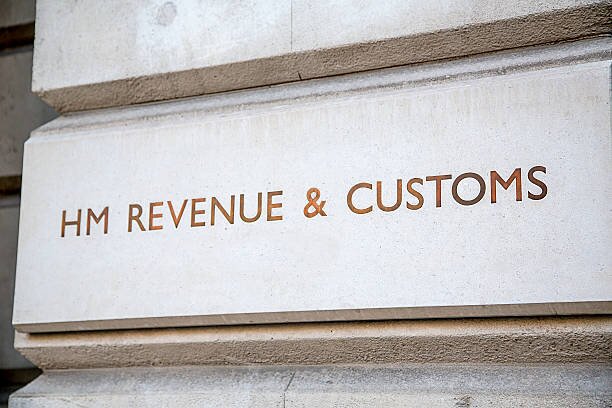
Final Summary
HMRC’s £10,000 threshold for savings and investment income is an important benchmark for taxpayers. Those earning above that figure must file a Self Assessment tax return, while smaller amounts can usually be collected through PAYE. In practice, allowances such as the personal allowance, personal savings allowance, and the use of ISAs mean that many savers will not face a tax bill on modest returns.
However, with interest rates having been relatively high in recent years, more people are being brought into the tax net on their savings. With the base rate now at 4% and the next Bank of England decision looming, savers should check their likely income for the year and use HMRC’s online tools to avoid mistakes. Timely reporting is essential to prevent penalties and ensure tax is correctly paid.
